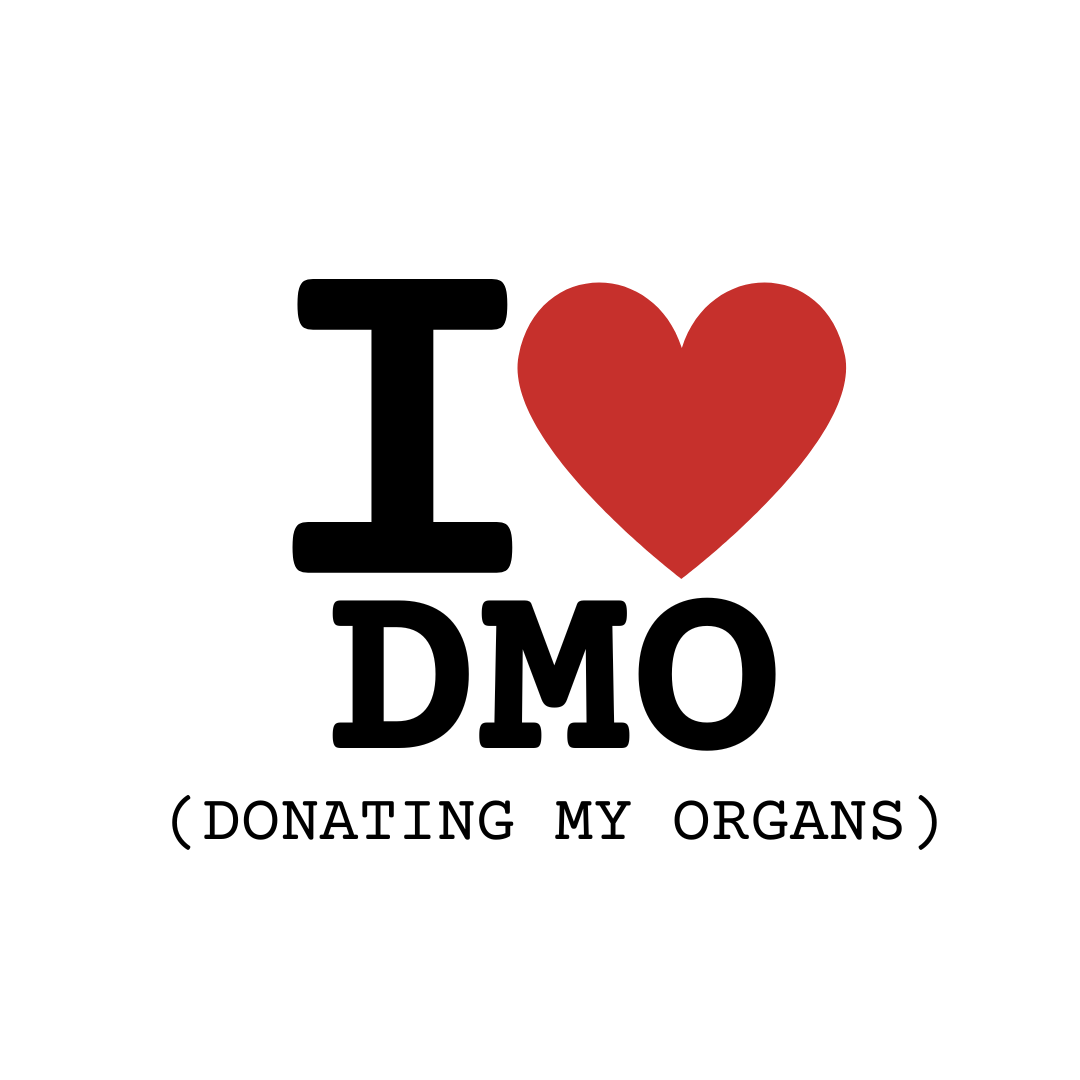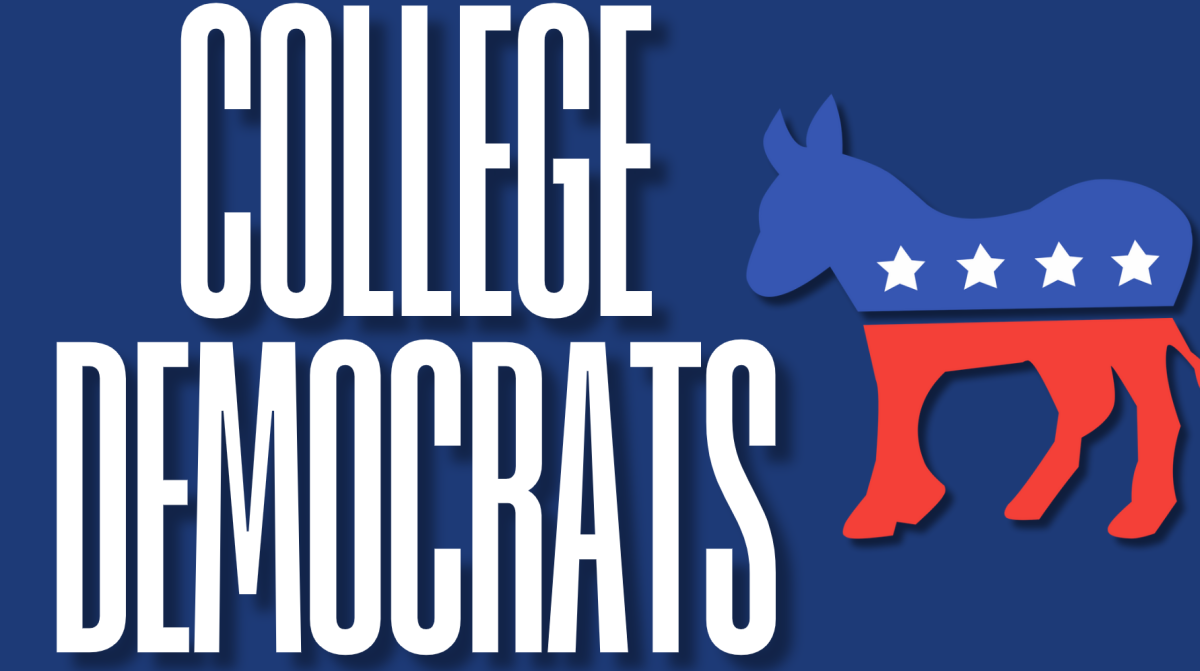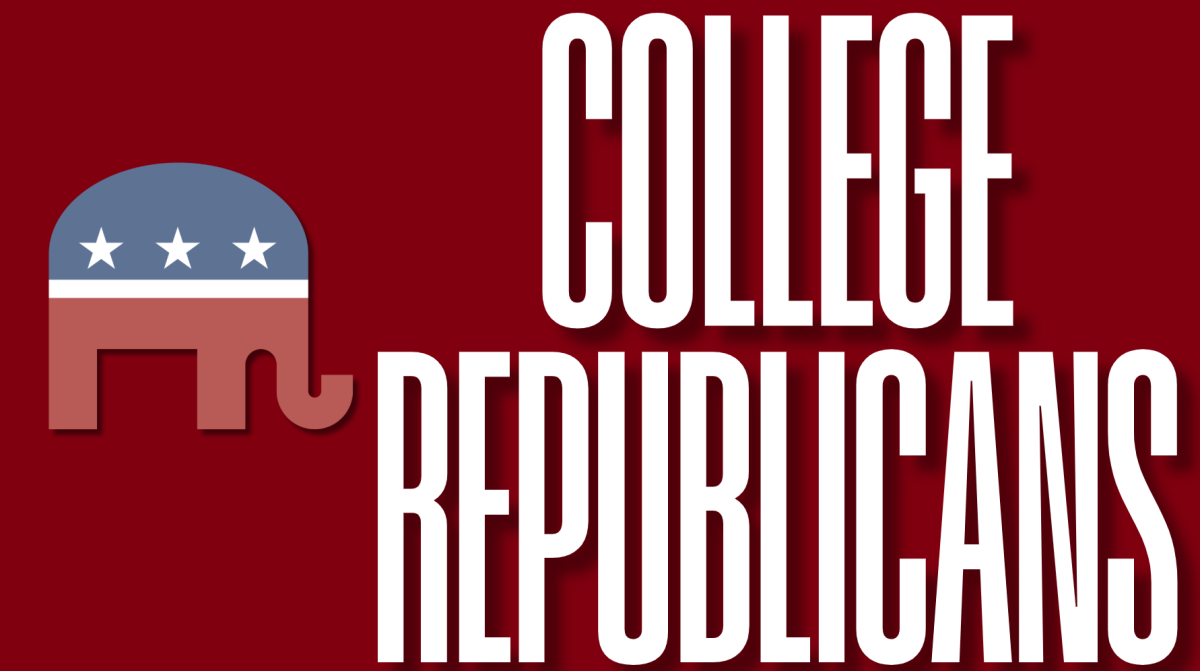On your next journey to our sister campus at Fordham University Lincoln Center, look on your left for a new billboard gazing blankly and pitilessly across the Hudson River. The minimalist sign has turned a number of heads for its unique play on “I ♥ NY,” keeping the letters but forgoing its trademarked red heart. Its purpose? Calling attention to the need for organ donors in our metropolis. Notoriously lacking in registered organ donors, activists have turned to the New York City region as the primary theater for increasing public awareness. The new campaign has been justly praised as being clever and “most arresting,” from “one of the most exceptional creative [advertising] agencies in the industry.” The publicity and attention it has received will doubtless win some hearts and minds — maybe kidneys — and inspire non-registered New Yorkers to sign up for organ donation. But will it be enough — and is its energy directing the general public in the most efficient direction? To close the gap, the hour is nigh that the discussion goes mainstream. Advocates for donors, and organ recipients, require us to take part in a full-scale media blitz — of which “I…NY” may be a start, bolstered by ordinary folk getting the word out.
According to Donate Life New York State, a non-profit organization dedicated to activism on this subject, 50.4% of New Yorkers statewide are signed up to be organ donors. The divide is stark between upstate and downstate, however. Counties above Rockland and Westchester always boast numbers north of 50%, oftentimes reaching into the ’60s and ’70s. None of the outer boroughs of our city surpass registration rates of 40%, other than Manhattan with 60.5% of eligible donors registered. Despite the state offering a buffet of methods to register for organ donation, the practice is still largely tied to the process of getting and renewing one’s driver’s license.
With Manhattan lying at the epicenter of the United States’ most robust public transportation system, disproportionately fewer downstaters will ever go through this process. This shows a prominent way in which urban design and transportation shape public life. The high volume of immigrants and homeless people make up additional groups that will often avoid the usual civic processes. These peculiarities of the New York metropolitan area have kept the state still squarely below the national average of registered organ donors.
The upstate to downstate schism points to a difference in how the government administers itself to its citizens. The state and municipal authorities have had to design a plethora of methods to get urban residents signed up. The recent introduction of the NYC identification card — as an option for denizens lacking traditional paperwork — was tied to the opt-in system for organ donors. You can even register when shopping for healthcare on the state marketplace. There are still more means of becoming an organ donor.
In other words, there is no shortage of convenient ways for anyone above the age of 16 could sign themselves up in this state to become an organ donor — which is where the ad campaign comes in. The problem is evidently a kind of information shortage and a lack of motivation. LiveOnNY and Devito/Verdi, the non-profit and ad agency behind the “I…NY” signs, have done well in creating a high-visibility piece of viral content bait that will get people talking about the issue, but a significant part of the solution is lacking. The billboards and the subway posters have no direct call to action, and no immediate resource for commuters to turn to. The absence of a web link, instructions or a QR code emblematic of post-COVID-19 society hides a huge opportunity that has been lost by this campaign.
I don’t want to be overly negative about something that is due to have real, positive results that will change the lives of some of the 8,000 New Yorkers currently waiting for an organ. “I…NY” is very clever and I was glad to see it on my commute to Lincoln Center in place of another billboard for a TV or Broadway show. It speaks to the enduring popularity and perhaps ubiquity of “I ♥ NY,” that a removal of its focal point can actually create a completely new, instantly recognizable message. Clearly, it is thoroughly meritorious as a work of graphic design. Promoters of social causes often have to make a hard choice between making a flashy statement that will get the most eyes on their issue or making a more thoughtful, fully articulated presentation. For that reason, it remains upon us all to involve ourselves in the campaign to encourage others to become organ donors. The price of life that so many New Yorkers must pay, waiting for a kidney, or a heart, or anything else, is so great that we can not ignore this issue.
There are few popular or enlightened ethical systems that would permit indecision on this subject, including the Jesuit credo of becoming “men and women for others.” If you’ve ever felt like there was something missing in life, maybe it’s high time that you become one of the millions of Americans registered that could make a difference in a person’s life.
Pierce Liestenfeltz, FCRH ’27, is an international studies major from Scottsdale, Ariz.










































































































































































































